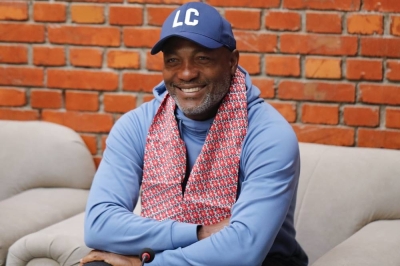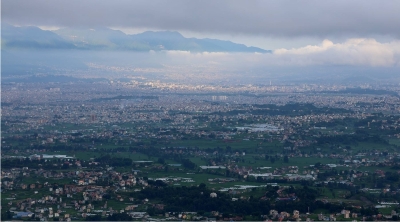CREDOS : The Dalai Lama — IV
A disciple of the founder of the Gelugpa sect, the saintly religious reformer Master Tsongkhapa (1357-1419), Gendun Drub established the Tashi Lhunpo Monastery and University, which grew into the largest monastery in the world. This master later came to be known as the First Dalai Lama. As soon as he was old enough to speak, the second Dalai Lama, Gendun Gyatso (1475-1542), revealed that he was the reincarnation of Gendun Drub, and expressed his wish to be reunited with his disciples at Tashi Lhunpo Monastery.
The third Dalai Lama was Sonam Gyatso (1543-1588) and it was only during his lifetime that the term Dalai Lama came into use. After being converted by him to the nonviolent way of Buddhism, a war-like Mongol king named Altan Khan proclaimed Sonam Gyamtso the “Dalai Lama.” Dalai is Mongolian for ocean.
In 1642, the “Great Fifth” Dalai Lama (1617-1682), through a complicated series of sectarian shifts, consolidated leadership over all Tibet. Ever since, the Dalai Lamas have been the spiritual and temporal leaders of Tibet, and their Gelug sect ascendant among the four great, and eight lesser, schools of Tibetan Buddhism.
Many people today believe the 14th Dalai Lama, Tenzin Gyatso, may come to be known as one of the very greatest Dalai Lamas. It remains to be seen if he will be successful in effecting his own and his people’s return to their former freedom of religion and independence in Tibet. — Beliefnet.com (Concluded)





